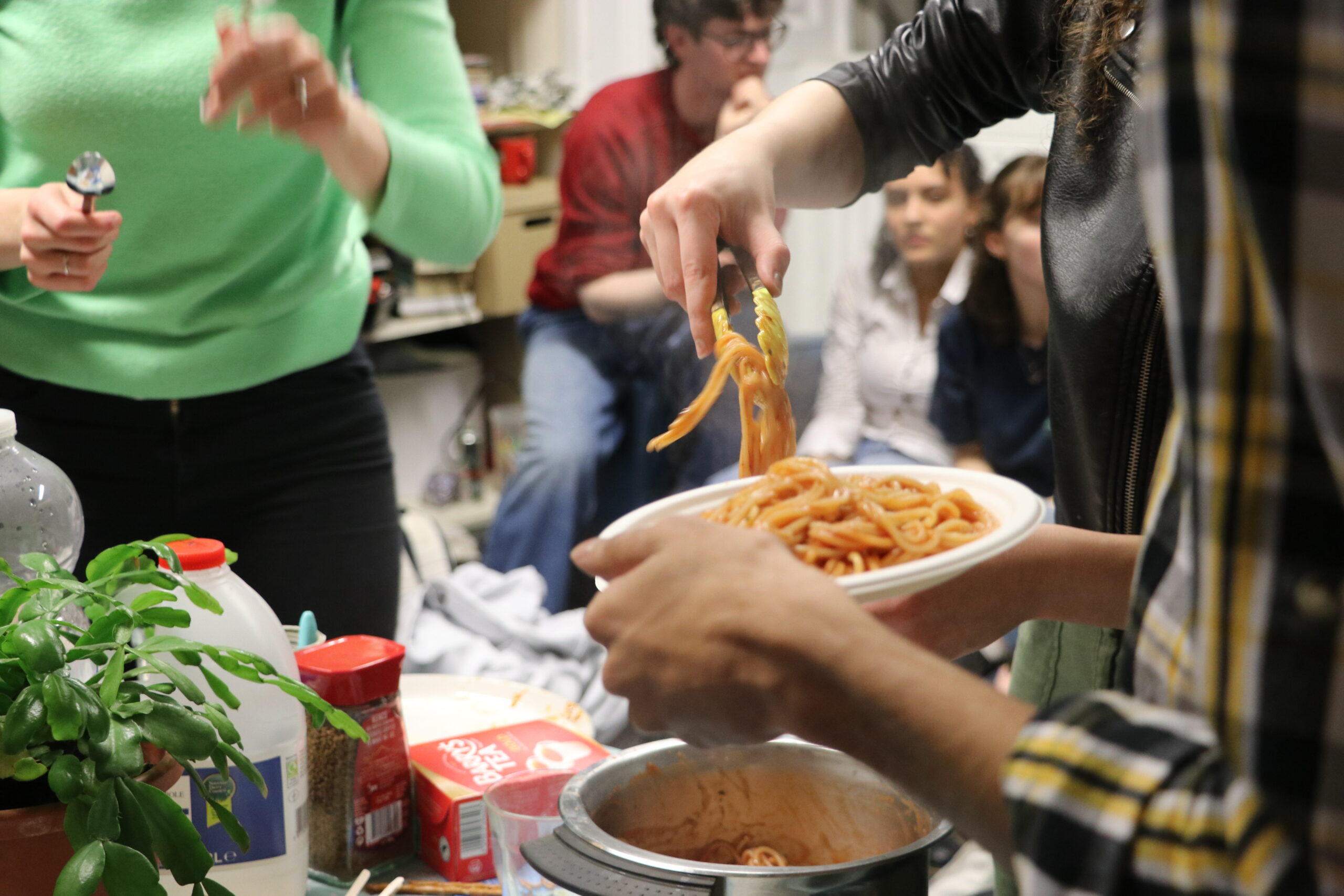When violent riots brought public transport to a standstill, and prompted a strict lockdown of all entrances to College, ordinary students and students’ union officers worked through the night to provide food and beds for students who were left on campus. Trinity became a safe haven in a city that felt like it was under siege. In the face of all of the violence on the streets, ordinary students banded together to offer the comforts they could to their peers. Their efforts deserve enormous admiration. In the face of a crisis not seen on the streets of Dublin in these students’ lifetimes, many people’s first priority was to make sure their peers were safe.
For the entirety of Thursday night, House 6, the GMB and Kinsella Hall remained open and student volunteers cared for their peers. The provost and Trinity College Dublin Students’ Union (TCDSU) sabbatical officers could be seen carrying mattresses and blankets into the early hours of the morning so that students had somewhere to sleep. Students who led the organisation were on their feet at all hours of the night, many not getting to sleep themselves until after sunrise. At one point, Linda Doyle was seen with other College staff members, wielding crowbars and pitchforks in order to open a locked door and collect mattresses and sheets for students. Students working throughout the night in the GMB said at its peak, there were roughly 300 students in the building, waiting until it was safe to leave, with over 100 sleeping in the building overnight.
You couldn’t walk across Front Square without seeing a student carrying a pot of pasta or rice to feed students who couldn’t make it home. Within House 6, students were piled into the TCDSU kitchen, eating food from paper plates. A hot plate was put in the president’s office, creating a second kitchen, while Education Officer Catherine Arnold’s own flat was being referred to as “the second SU café”. It is important to note that these figures are themselves, students.
Students and staff alike showed true community spirit. In the midst of awful violent events occurring on Trinity’s doorstep, students could feel some sense of safety within the walls of the college. People sheltered, texting friends out that night to see if they were ok, checking in with family. American students who had their Thanksgiving dinners interrupted. Even students who graduated that day and members of their families gathered on campus.
These efforts were led by students themselves. With the vast majority of College staff gone home for the night it was left to students, overnight security guards, and the provost herself to manage a rapidly changing situation. Some students who sought refuge in Trinity had been out on the streets when the rioting began. On a terrifying night, seeing ordinary students rise to the challenge of caring for their peers in a time when they themselves were also scared, was truly one of the finest moments the College community has seen in years. The situation that prompted the need for students to shelter in Trinity was abhorrent, but the resilience shown by the College community in that crisis was truly admirable.
There is no College playbook on how to handle this kind of crisis; Dublin has not seen anything of its like in decades. Rather than predetermined protocol, the response was driven by instinct and empathy. Security guards could be heard reassuring students who came to the entrance that they were safe now, that they would be looked after. Doyle herself could be seen chatting to students, offering reassurance. However the most important people in all of this were the students themselves. Getting that kind of support from your peers in a time where the streets of Dublin are on fire is the absolute best outcome we could have hoped for in an awful situation. Even on a night so clouded by fear, students could be heard laughing with each other, sharing stories and eating food prepared in campus kitchens.
In the provost’s words, the response to the riots represented “the very best of Trinity, with students and staff coming together and helping each other”. TCDSU officers and society leaders assisted students staying on campus overnight; College staff carried bedding and reassured panicked students; staff from this paper kept students informed on what was going on, inside campus and out. All of these people were scared, but Doyle’s sentiment could not be more true. The students that prioritised their peers deserve all of our praise. At a time where anyone could have been forgiven for prioritising their own welfare, they stayed and comforted students they had likely met for the first time that evening. A community of students bonded under some of the most terrifying of circumstances. As Garda helicopters circled above and riot police were stationed on College Green, ordinary students watched films, played games and offered friendly comfort to total strangers. On a night where there was so much hate on the streets of Dublin, students in Trinity held each other up.






